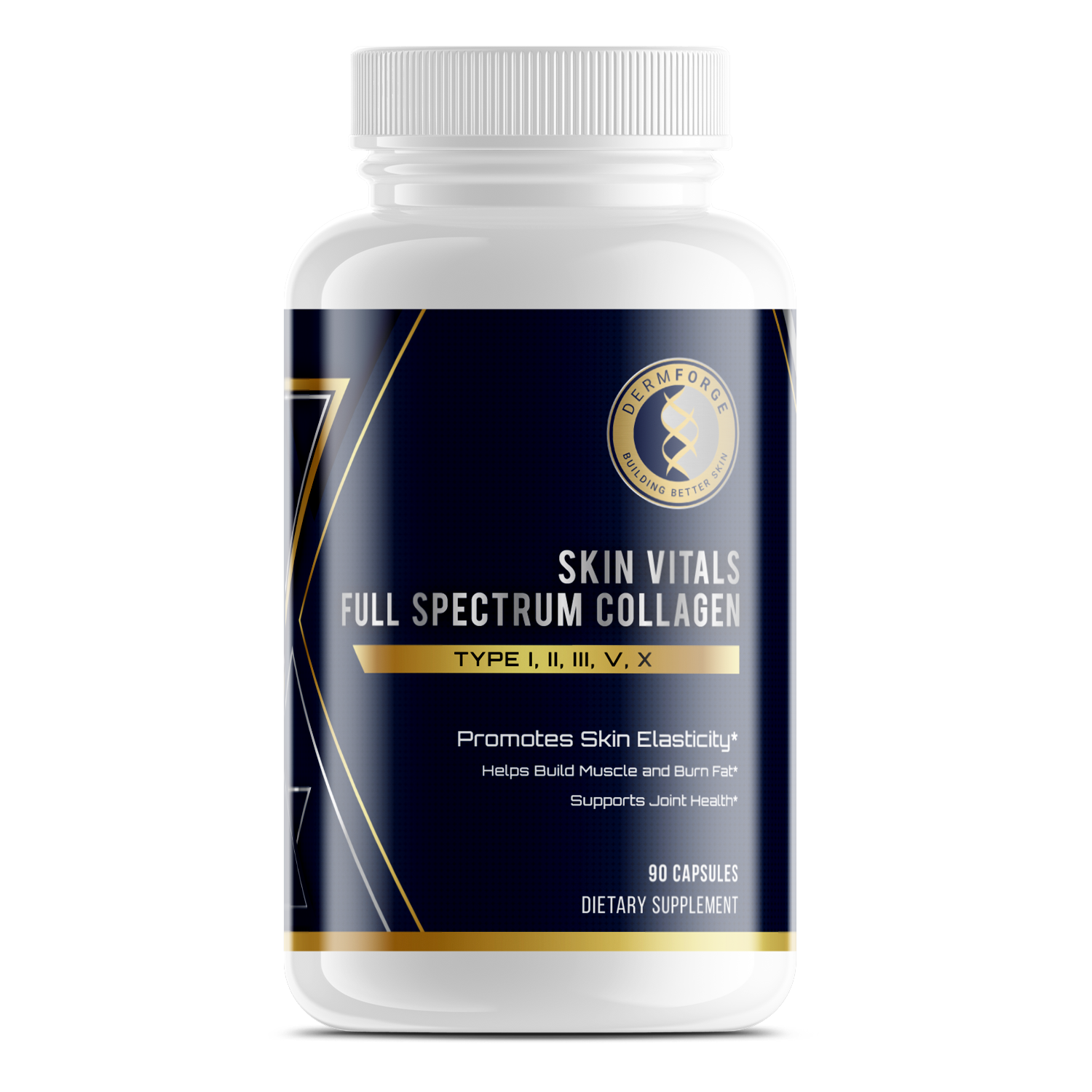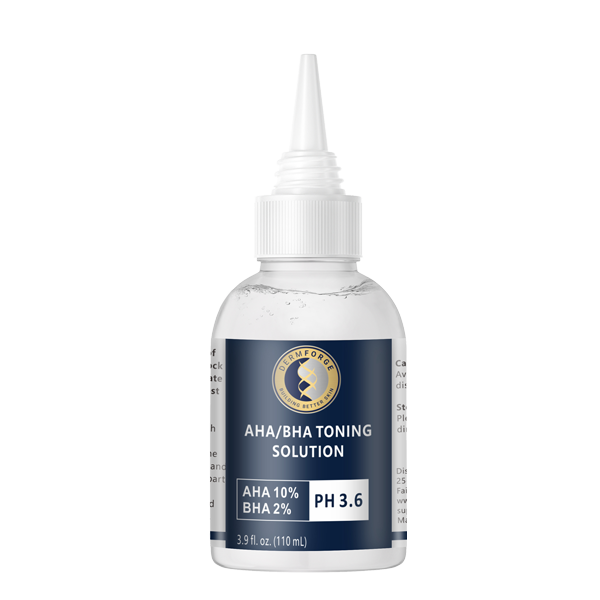In recent years, alternative therapies have gained popularity as people search for effective and noninvasive treatment options, such as LED masks. One such promising alternative is green light therapy. This article explores the advantages of green light therapy, shedding light on its understanding, therapeutic benefits, safety, accessibility, and future perspectives.
Understanding Green Light Therapy
Green light therapy, also known as green photobiomodulation therapy, is a non-invasive treatment modality that utilizes specific wavelengths of green light to stimulate cellular function and promote healing. This therapy is based on the principle that light energy can penetrate the skin and interact with cells to trigger beneficial responses.
The Science Behind Green Light Therapy
Green light therapy focuses on the mitochondria, the cell's powerhouse. Utilizing the green light wavelength triggers particular enzymes within the mitochondria, thus boosting the production of adenosine triphosphate (ATP) - the cell's energy source. This surge in cellular energy amplifies the cellular repair mechanism, fostering tissue regeneration.
Furthermore, research has shown that green light therapy can also modulate the production of reactive oxygen species (ROS) in cells. By balancing ROS levels, green light therapy helps reduce oxidative stress and inflammation, improving overall cellular health and function.
The Evolution of Light Therapy: From Red to Green
Green light therapy is an evolution of the more widely-known red light therapy. While red light therapy is beneficial and has been extensively researched, green light therapy offers unique advantages. Green light has a higher absorption rate in the skin, allowing for more efficient cellular activation and deeper penetration. Additionally, green light has been shown to provide superior benefits for specific conditions, making it a promising therapy option.
As technology advances, researchers continue to explore the potential of different light wavelengths for therapeutic purposes. Green light therapy represents a significant step forward in harnessing the power of light for healing and rejuvenation. By understanding the intricate mechanisms through which green light interacts with cells at a molecular level, scientists uncover new possibilities for treating various medical conditions.
The Therapeutic Benefits of Green Light
Green Light Therapy for Migraines
Migraines can be debilitating, causing intense pain and disrupting daily activities. Green light therapy has shown promising results in reducing the frequency and severity of migraines. Studies have indicated that exposure to green light can decrease migraine pain by up to 50% and minimize the need for medication. This therapy works by modulating pain pathways and reducing inflammation in the brain.
Furthermore, green light therapy is a non-invasive and drug-free approach to managing migraines, making it a preferred option for individuals seeking alternative treatments. The soothing nature of green light also helps relax the mind and body, potentially reducing stress levels that can trigger migraines. Additionally, the portability of green light devices allows for convenient use at home or work, providing relief whenever needed.
Green Light Therapy for Skin Conditions
Various skin conditions, such as acne, psoriasis, and eczema, can significantly impact a person's well-being. Green light therapy has been found to effectively alleviate symptoms of these conditions. The anti-inflammatory properties of green light help reduce redness, swelling, and irritation, promoting faster healing and healthier skin.
Moreover, green light therapy stimulates skin elasticity and repair. This can improve skin texture and reduce scarring from conditions like acne. The gentle nature of green light makes it suitable for all skin types, including sensitive skin, without causing any adverse side effects commonly associated with traditional treatments.

Green Light Therapy for Mood Disorders
Mood disorders, such as depression and anxiety, affect millions of individuals worldwide. Green light therapy has emerged as a potential non-pharmacological treatment option. Exposure to green light can enhance mood, alleviate depressive symptoms, and improve overall well-being. This therapy works by regulating the production of serotonin, a neurotransmitter associated with mood regulation.
In addition, green light therapy can help regulate the circadian rhythm, promoting better sleep patterns and reducing symptoms of insomnia often linked to mood disorders. The calming effect of green light also aids in reducing anxiety levels and promoting relaxation. Incorporating green light therapy into daily routines can provide a natural and holistic approach to managing mood disorders, improving the quality of life for individuals seeking alternative therapies.
The Safety and Accessibility of Green Light Therapy
Green light therapy has garnered attention for its remarkable safety and accessibility features, making it a popular choice for various skin conditions and overall well-being. In addition to its effectiveness, one of the significant advantages of green light therapy is its impeccable safety profile.
Unlike some traditional treatments, green light therapy is noninvasive and non-thermal. It does not produce harmful UV radiation, making it a gentle yet powerful option for individuals seeking skin rejuvenation and other therapeutic benefits. It can be used safely on various skin types and is well-tolerated by most individuals, highlighting its versatility and suitability for many users.
However, as with any new therapy or treatment, it is essential to consult with a healthcare professional before initiating green-light therapy to ensure its appropriateness for individual needs and goals.
Is Green Light Therapy Safe?
Safety is one of individuals’ primary concerns when exploring new therapies. Fortunately, green light therapy offers a reassuring solution with its noninvasive nature and minimal risk profile. The gentle yet effective nature of green light therapy sets it apart from more aggressive treatments, providing users with a soothing and comfortable experience. Its ability to deliver beneficial outcomes without harmful UV radiation further underscores its safety credentials, making it a preferred choice for those prioritizing skin health and overall well-being.
While green light therapy is generally well-tolerated, consulting with a healthcare professional to address any specific concerns or considerations before embarking on a green light therapy regimen is always advisable.
How to Access Green Light Therapy
With the increasing recognition of green light therapy's benefits, its accessibility has significantly improved, offering individuals more options to experience its positive effects. This therapy can now be administered in various settings, including medical offices, aesthetic clinics, and even in the comfort of one's home, providing flexibility and convenience for users seeking its advantages.
Light therapy devices that emit green light are readily available for purchase or rental, enabling individuals to easily incorporate green light therapy into their daily routines. Despite its growing accessibility, it is crucial to seek guidance from a healthcare professional to ensure proper usage and adherence to recommended protocols, maximizing the benefits and ensuring a safe and effective green light therapy experience.
Future Perspectives on Green Light Therapy
As research in green light therapy progresses, new potential applications are being explored. Preliminary studies have suggested that green light therapy could benefit conditions such as chronic pain, wound healing, and neurological disorders. Ongoing research aims to further investigate these potential applications and establish the efficacy and safety of green light therapy in diverse healthcare settings.
The Future of Green Light Therapy in Medicine
Beyond its current applications, green light therapy shows the potential to address various medical conditions. Recent studies indicate its positive impact on sleep disorders like insomnia and sleep apnea. By regulating the body's circadian rhythm, green light therapy facilitates more restful and rejuvenating sleep, enhancing overall health and well-being.
Moreover, ongoing research explores green light therapy's potential in ophthalmology. Early findings suggest its beneficial effects on eye conditions such as macular degeneration and retinal damage. By stimulating cellular function and bolstering antioxidant production, green light therapy emerges as a promising method for preserving and safeguarding eye health.
Conclusion
Green light therapy emerges as a versatile and promising alternative treatment option, offering numerous benefits for various medical conditions and overall well-being. Through its noninvasive nature, impeccable safety profile, and accessibility, it provides a gentle yet effective approach to healing and rejuvenation.
As research continues to unveil its potential applications in diverse healthcare settings, green light therapy promises to become an integral component of medical care. With its ability to enhance cellular function, promote tissue regeneration, and regulate mood and sleep patterns, green light therapy illuminates a path toward improved health and quality of life for individuals seeking alternative therapies.
Explore the skincare supplements and devices at DermForge. Dive into our handpicked selection of skincare products to unveil your inner radiance. Stop by today and discover the secret to glowing, healthy skin.






